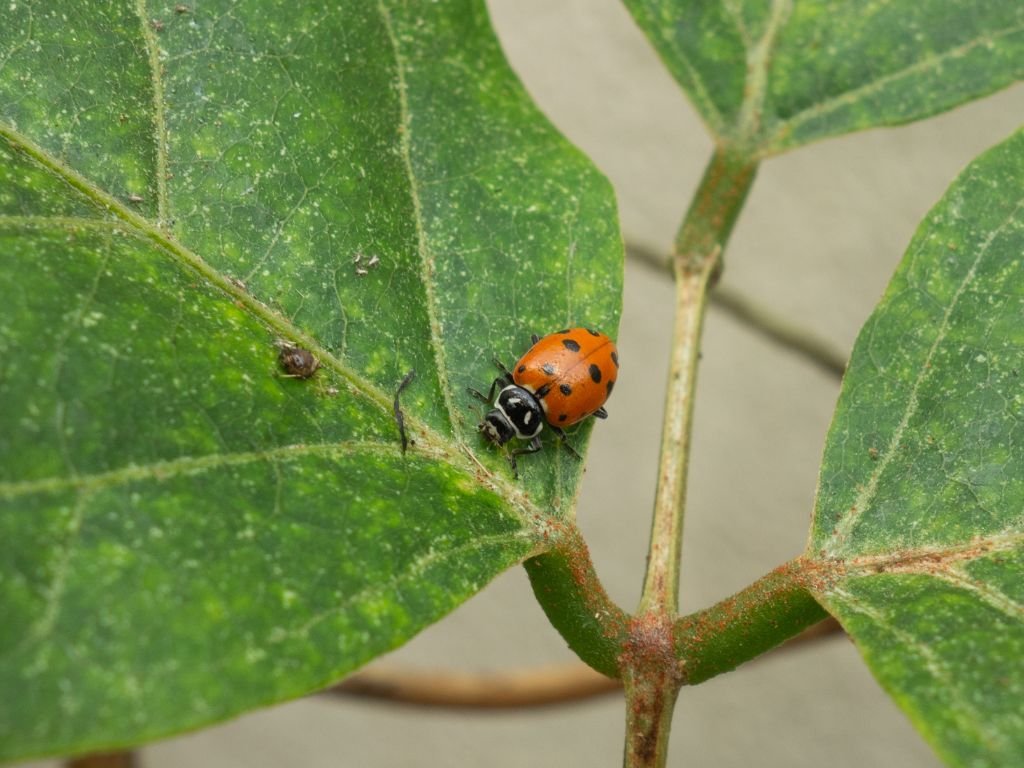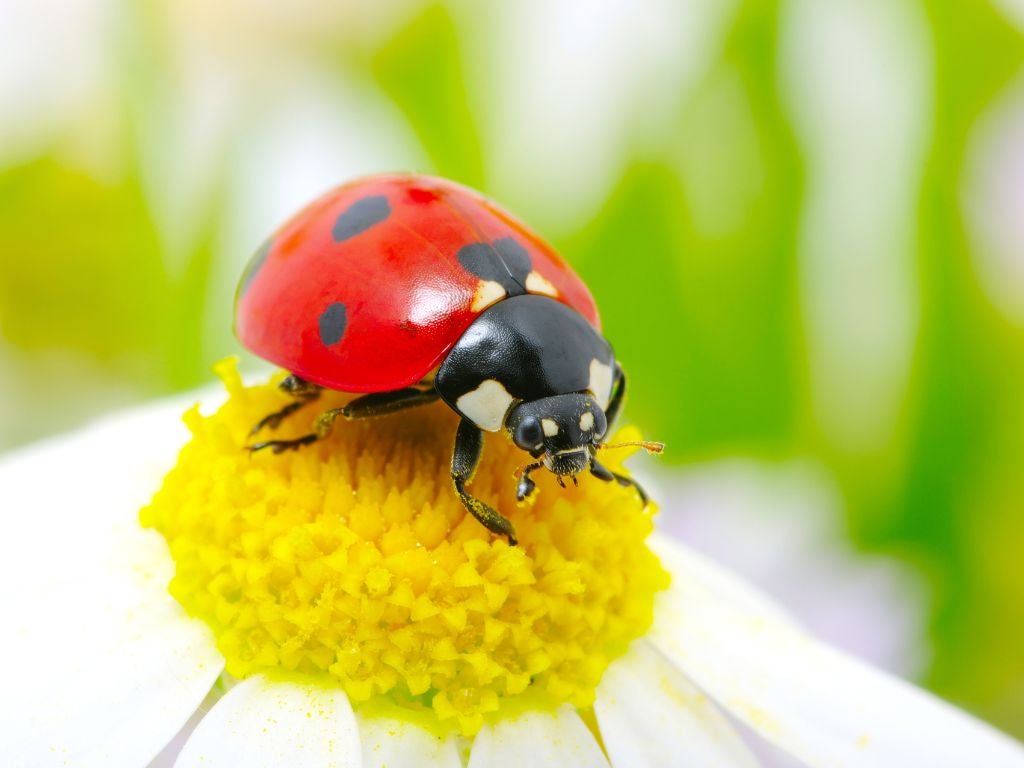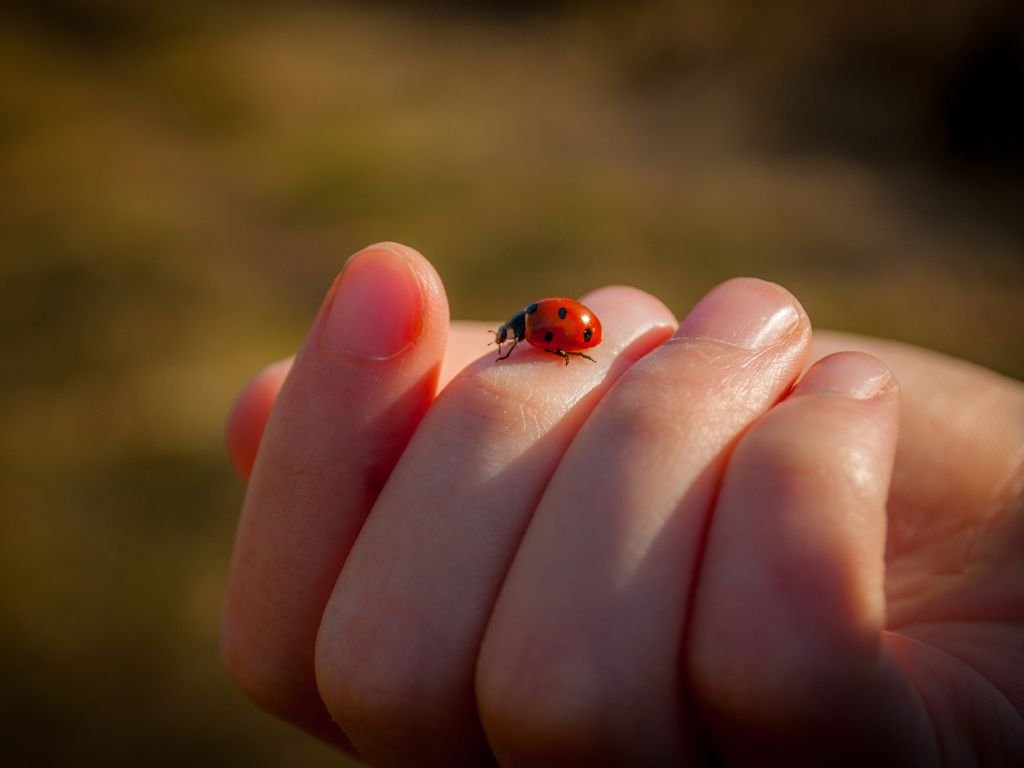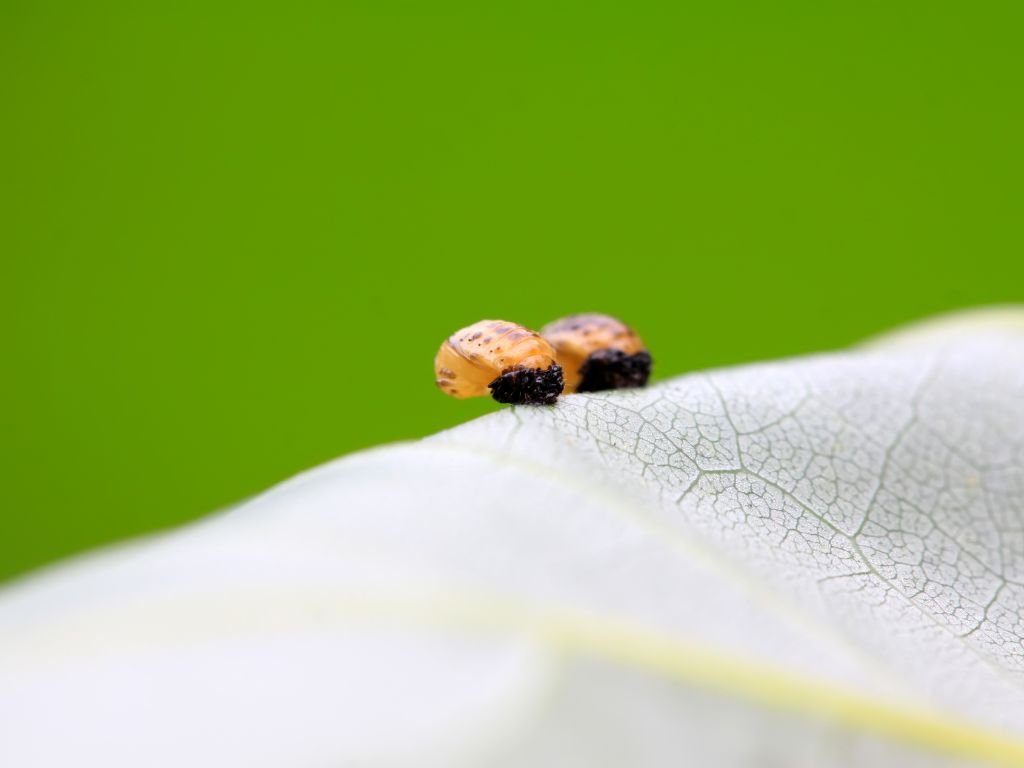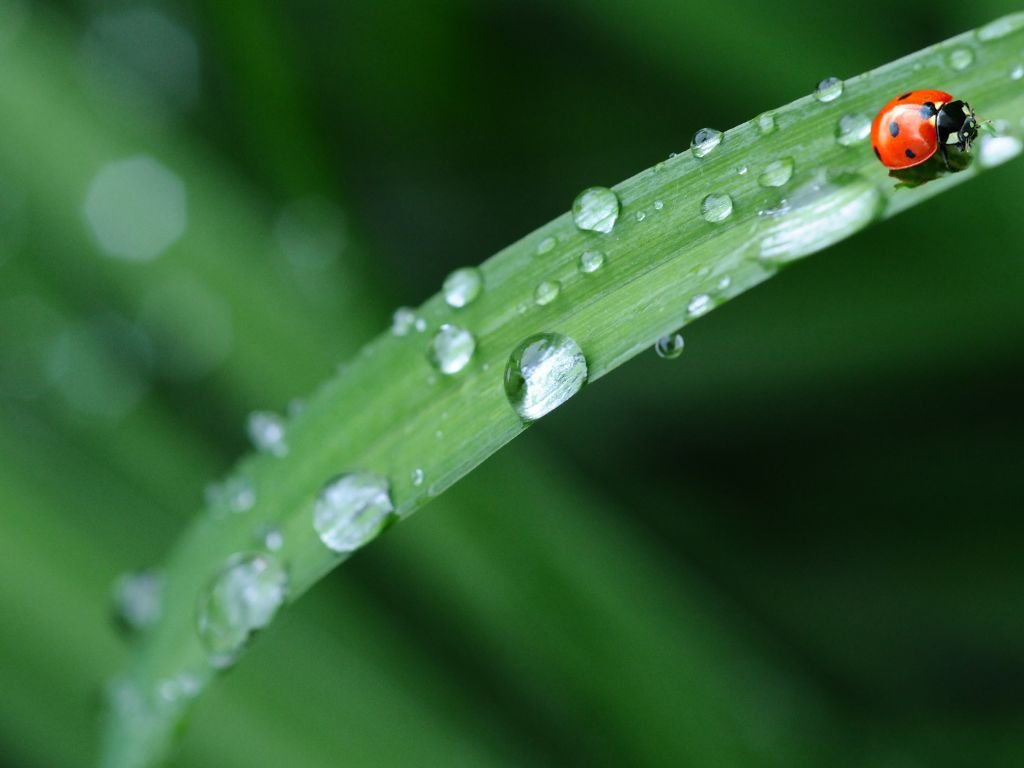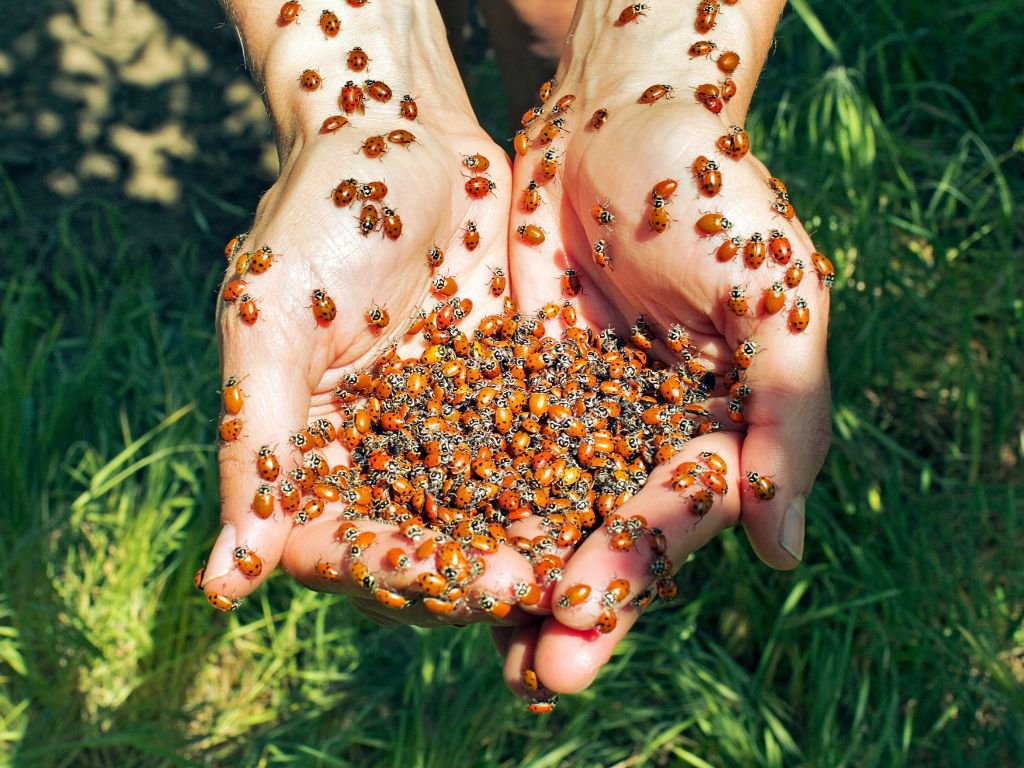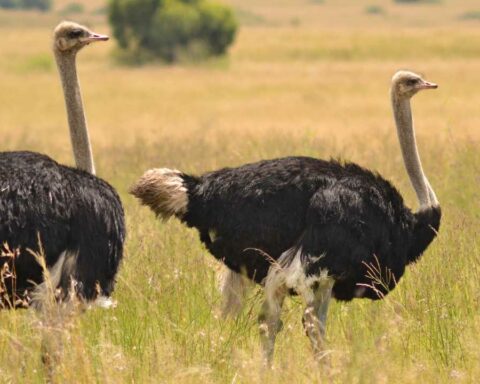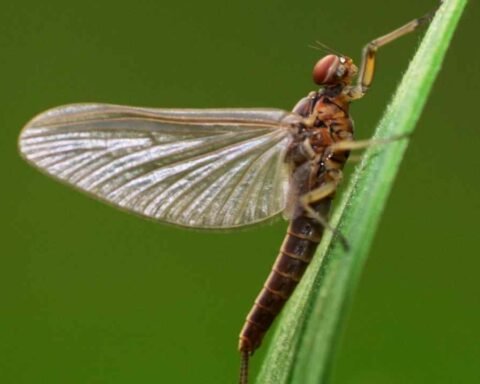Ladybugs are small, colorful, and beneficial insects that are commonly found in gardens and farms all around the world. These little creatures are known for their ability to control pest populations and help plants thrive. But have you ever wondered what do ladybugs eat and what to feed them in case you are keeping them as pet. We will explore the fascinating world of ladybug diets, from their favorite prey to the surprising sources of nutrition they rely on to survive. Whether you are a gardener, a nature enthusiast, ladybug pet owner or just curious about these amazing insects, read on to discover the secrets of what ladybugs eat.
What Do Ladybugs Eat
Ladybugs are small, brightly colored beetles that are beloved by gardeners and nature enthusiasts for their beauty and beneficial ecological role. One of the most important aspects of their behavior is their diet, as ladybugs are voracious predators and carnivorous insects that consume a wide variety of insects and other small organisms.
- The primary food source for ladybugs is aphids, which are small insects that feed on the sap of plants. Ladybugs are able to consume large numbers of aphids in a single day, which helps to protect plants from damage and disease.
- In addition to aphids, ladybugs also eat a range of other insects, including:
- mealybugs
- whiteflies
- spider mites.
- Ladybugs also consume other types of small organisms, including:
- mites
- thrips
- eggs of various insects.
- Some species of ladybugs even feed on plant pollen and nectar, which can help to supplement their diet during times when other food sources are scarce.
The diet of ladybugs can vary depending on their developmental stage. Ladybug larvae, for example, consume different types of food than adult ladybugs. Additionally, the exact composition of a ladybug’s diet can vary depending on factors such as habitat, climate, and the availability of food sources.
The importance of aphids in the ladybug diet
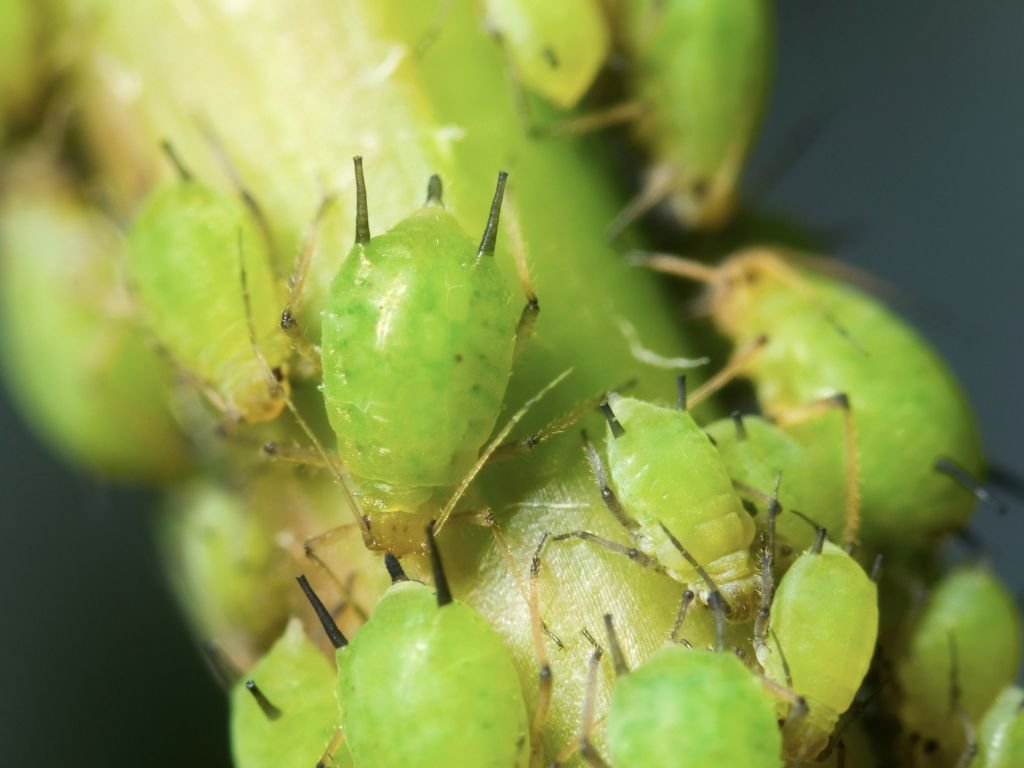
Aphids are small, soft-bodied insects that feed on the sap of plants. They are a common pest for gardeners and farmers, as they can cause damage to plants by stunting their growth, deforming leaves, and transmitting diseases. Ladybugs are important natural predators of aphids, and they play a crucial role in controlling their populations.
Ladybugs eat large numbers of aphids in a single day, using their specialized mouthparts to pierce the aphid’s body and then sucking out its juices. Ladybugs are able to eat both adult and juvenile aphids, as well as their eggs. Without a steady supply of aphids to eat, ladybugs may struggle to survive and reproduce. This is particularly true for the larvae, which require a high protein diet to grow and develop.
Scale insects
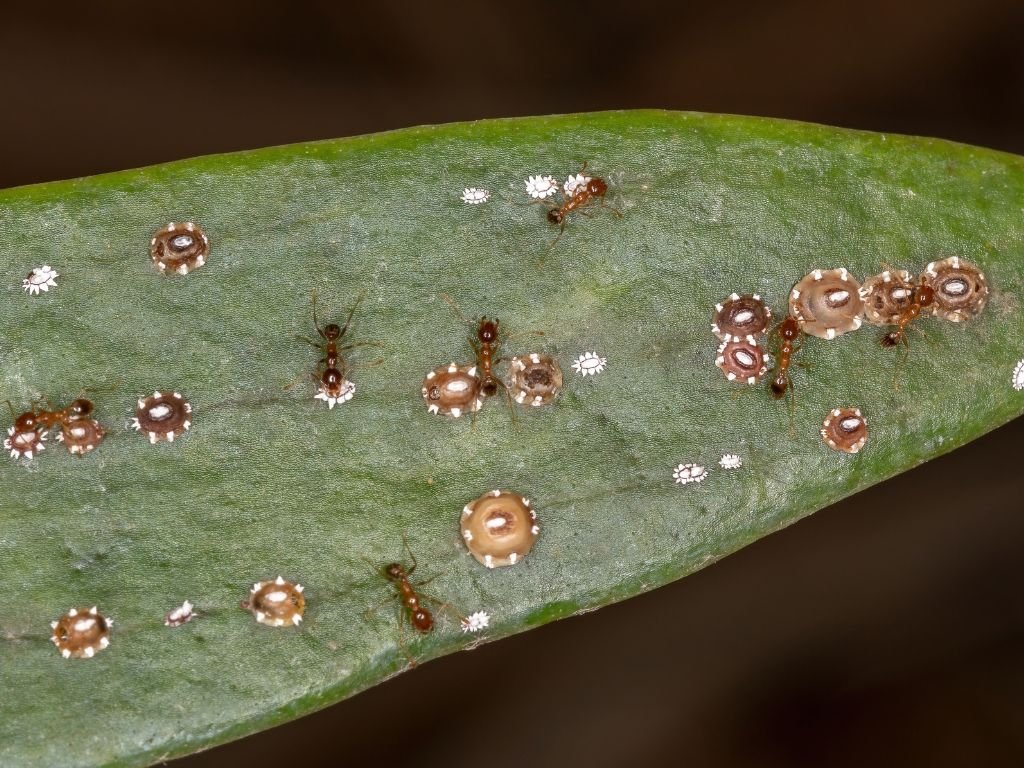
Scale insects are small, sap-sucking insects that are often found on the leaves and stems of plants. They are common pests for gardeners and farmers, as they can cause damage to plants by sucking out their juices and transmitting diseases. Ladybugs are important natural predators of scale insects, and they play a crucial role in controlling their populations.
Ladybugs are able to consume both adult and juvenile scale insects, as well as their eggs. They do this by using their specialized mouthparts to pierce the scale insect’s body and then sucking out its juices. Ladybugs are able to eat large numbers of scale insects in a single day, which helps to keep their populations in check. While aphids are their primary food source, ladybugs are able to eat a wide range of other pests as well, including scale insects.
In addition to their role in controlling aphid and scale insect populations, ladybugs also help to protect plants from the damage that aphids can cause. By consuming large numbers of aphids, ladybugs help to prevent the spread of diseases and reduce the amount of damage that aphids can cause to leaves and stems.
Mites
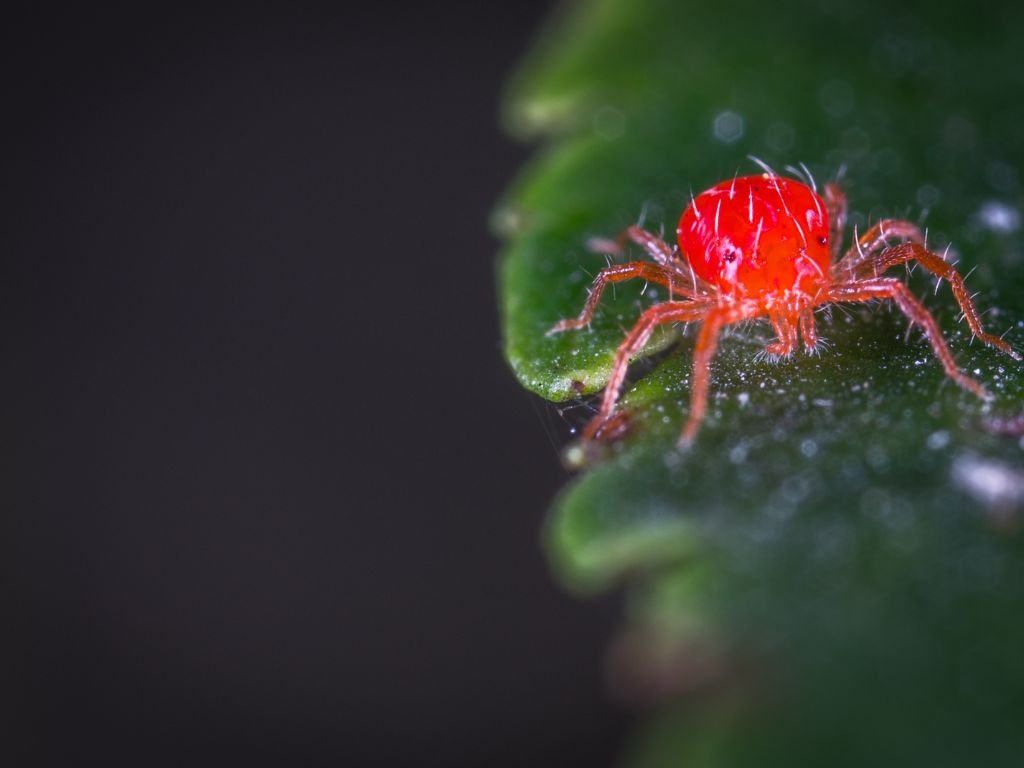
Mites are a type of small arthropod that can be found in a wide range of environments, including soil, water, and on plants and animals. Ladybugs are known to consume a variety of mites as part of their diet, and the types of mites they eat can vary depending on their habitat and the availability of different food sources.
One common type of mite that ladybugs eat is the spider mite. Spider mites are pests that are known to cause damage to a variety of crops and plants. They feed on the sap of leaves and stems, which can cause leaves to turn yellow and fall off, and can ultimately lead to the death of the plant. Ladybugs are important predators of spider mites, and their consumption of these pests can help to prevent damage to crops and protect plant health.
Ladybugs may also consume other types of mites, such as broad mites and cyclamen mites. These mites can also cause damage to plants, and their consumption by ladybugs can help to protect crops and maintain healthy plant communities.
Plant pollen and nectar
Ladybugs are known to feed on pollen from a variety of plant species, including wildflowers, clovers, and other flowering plants. They are also known to consume nectar from flowers. This behavior is more common in adult ladybugs than in their larvae, and it may help to supplement their diet during times when other food sources are scarce.
The consumption of pollen and nectar by ladybugs is important for several reasons. First, these food sources provide ladybugs with important nutrients and energy that they need to survive and reproduce. Pollen is rich in protein, while nectar is high in carbohydrates, both of which are important for ladybug growth and development.
In addition to providing important nutrients, the consumption of pollen and nectar by ladybugs can also have important ecological benefits. Ladybugs are known to be important pollinators for a variety of plant species, and their consumption of pollen and nectar helps to facilitate this process. By transferring pollen from one flower to another, ladybugs help to ensure the production of seeds and the continuation of plant species.
What do ladybugs eat other than aphids
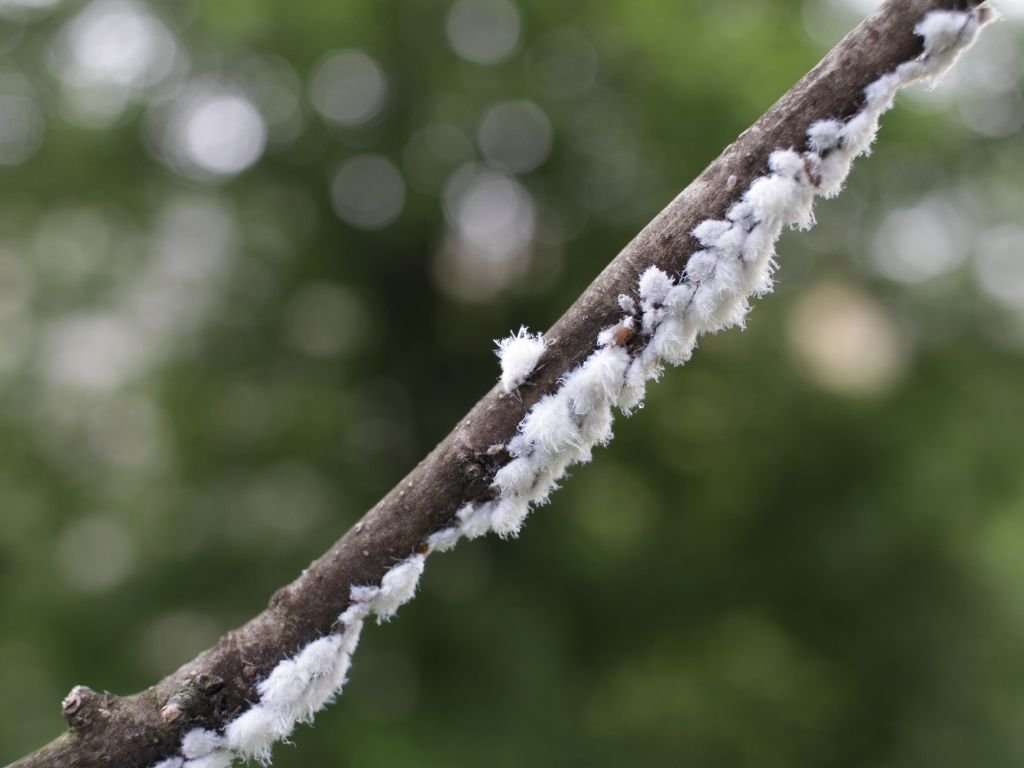
While aphids and scale insects are the primary food sources for ladybugs, they are also known to consume other small insects and invertebrates. Ladybugs may consume mealybugs, whiteflies, spider mites, and other pests that are common in gardens and farms. They may also consume the eggs and larvae of other insects, as well as small arthropods like mites and thrips.
Ladybugs are also known to exhibit cannibalistic behavior, consuming other ladybugs that are smaller or weaker than themselves. This behavior is more common in crowded environments, where food sources may be limited and competition for resources is high.
Overall, the additional food sources that ladybugs may consume highlight their adaptability as predators. While aphids and scale insects are their primary food sources, ladybugs are able to consume a wide range of other pests and small organisms, as well as plant pollen and nectar. This adaptability helps to ensure their survival in a range of different environments and conditions.
What do ladybugs eat in captivity
Ladybugs can be kept in captivity as pets or for educational purposes, and they can be fed a variety of foods to meet their nutritional needs. Here are some common foods that ladybugs eat in captivity:
- Aphids: Ladybugs are carnivorous insects that feed primarily on soft-bodied insects, such as aphids. In captivity, ladybugs can be fed aphids that are purchased from garden supply stores or bred in a separate container.
- Fruit: Ladybugs can also be fed small pieces of fruit, such as grapes or raisins. These foods provide a source of sugar and moisture for ladybugs and can be a good supplement to their diet.
- Pollen and nectar: Ladybugs can supplement their diet with pollen and nectar, just as they do in the wild. A small amount of honey or sugar water can be provided to ladybugs in a shallow dish or on a cotton ball.
- Ladybug food: Specialized ladybug food can be purchased from pet stores or online retailers. These foods are designed to meet the nutritional needs of ladybugs and can be a good option for keeping ladybugs healthy in captivity.
Note: While ladybugs can be kept in captivity, they are wild insects and may not thrive in artificial environments. If you choose to keep ladybugs as pets, it is important to provide them with a suitable habitat, adequate food and water, and regular care and attention.
What do baby ladybugs eat – Ladybug larvae
Ladybug larvae have a different diet compared to adult ladybugs. While adult ladybugs primarily consume aphids and other small insects, ladybug larvae have a more varied diet that includes a wider range of small arthropods.
Ladybug larvae are voracious predators that feed on a variety of small insects, including:
- aphids
- scale insects
- mealybugs
- spider mites
- the eggs and larvae of other insects
- small caterpillars
- other soft-bodied insects.
One notable difference between the diet of ladybug larvae and adult ladybugs is that larvae are known to consume a wider range of prey species, including some that are not typically consumed by adult ladybugs. This is because ladybug larvae have a different mouth structure compared to adult ladybugs, which allows them to consume a wider range of prey.
In addition to their consumption of small arthropods, ladybug larvae are also known to feed on the eggs of other insects. This behavior can be particularly important for controlling pest populations, as it can help to prevent the development of new generations of pests.
As ladybug larvae grow and develop, their diet may change to include a greater proportion of larger prey species, such as larger caterpillars and other insects. This shift in diet reflects the changing needs of the growing larva, as it requires more energy and nutrients to support its development.
What do ladybugs drink
Ladybugs drink water, just like any other living organism. In the wild, ladybugs get their water from dew, rain, or other sources of moisture, such as plants or fruits. Ladybugs may also drink from puddles or other standing water sources.
In captivity, ladybugs can be provided with a source of water by misting the inside of their habitat with a fine mist of water. Alternatively, a shallow dish of water can be provided for ladybugs to drink from. It is important to use clean, fresh water and to avoid using water that has been treated with chemicals or pesticides, as these can be harmful to ladybugs.
It is also worth noting that while ladybugs require water for survival, they can also get moisture from the food they eat, particularly soft-bodied insects and fruits. Therefore, it is important to ensure that ladybugs have access to both water and suitable food sources to ensure their health and wellbeing.
Ladybugs as pest control
Ladybugs are an effective natural pest control method that can be used to control a wide range of garden pests. Ladybugs are often preferred over chemical pesticides for several reasons:
- Ladybugs are safe for the environment: Unlike chemical pesticides, ladybugs are a natural and safe method of pest control that does not harm the environment. Ladybugs do not leave harmful residues in the soil or water, and they do not harm beneficial insects or wildlife.
- Ladybugs are effective: Ladybugs are highly effective at controlling a wide range of garden pests, including aphids, spider mites, and other soft-bodied insects. Ladybugs can consume up to 50 aphids per day, making them an excellent choice for controlling pest populations.
- Ladybugs are easy to use: Ladybugs are easy to use and can be released directly into your garden. Simply purchase ladybugs from a garden supply store or online retailer, and release them in areas where you have identified pest problems.
- Ladybugs are affordable: Ladybugs are an affordable method of pest control that can be purchased in bulk for a relatively low cost. This makes them an attractive option for gardeners who are looking for a cost-effective and natural method of pest control.
- Ladybugs are beneficial for the ecosystem: Ladybugs are beneficial insects that play an important role in maintaining a healthy ecosystem. By promoting the use of ladybugs as a natural pest control method, we can help to support healthy ecosystems and reduce our reliance on chemical pesticides.

